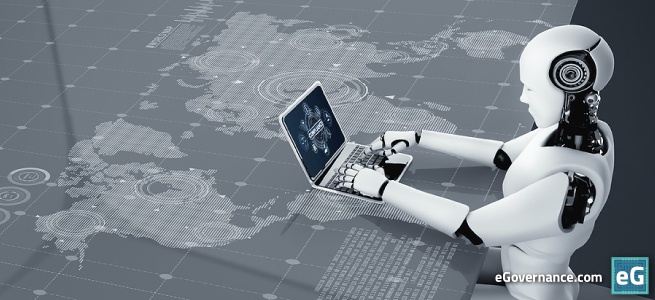Information often becomes an organization’s most valuable asset and its biggest vulnerability. Data drives decision making, and electronic communication powers collaboration. Yet today’s regulatory and security environment grows increasingly complex. Consequently, automated data compliance monitoring plays a critical role in reducing risk and gaining control of data.
Address the Risks of Unstructured Data
The bulk of the information generated by the average organization consists of unstructured data. Unlike structured data, which lives in tables or databases, unstructured data comes in a wide variety for formats.
For instance, it includes documents stored in file repositories such as SharePoint or OneDrive. It also includes emails, instant messages, videos and more. And because this unstructured data can live on multiple devices and in the cloud, it presents a significant challenge to security and regulatory compliance.
Consider healthcare organizations that must maintain strict adherence to HIPAA. Patients may email their care providers. Additionally, providers dictate notes from patient encounters, and doctors communicate in various methods as they collaborate to provide care. Strict regulations govern how that data is stored, transferred, and shared.

Reduce Risk of Privacy Law Violations
Data compliance monitoring helps organizations address potential privacy law violations early, reducing or eliminating legal issues. With the right tools, companies gain visibility into all data storage locations, both on-premises and in the cloud.
Using both automated and manual data classification, organizations tag sensitive data such as financial data or protected health information (PHI). They then set customized alerts so that compliance personnel receive immediate email notification of possible compliance issues. Companies can also automate certain remediation actions.
For instance, in the healthcare organization mentioned above, the system can be set to automatically tag PHI as sensitive data. If a user attempts to share PHI outside the organization, the system can be set to block the action and immediately alert compliance personnel.
Demonstrate Regulatory Compliance
Privacy regulations such as PCI DSS, HIPAA and GDPR dominate our data environment. Organizations must be able to demonstrate to auditors that they take all the proper steps to ensure that no unauthorized persons can access sensitive information. Additionally, customers demand assurance that companies treat their personal and financial information carefully.
Many regulatory agencies mandate monitoring as part of the criteria for achieving compliance. Monitoring demonstrates that the organization has implemented proper procedures and regularly enforces them. Additionally, if an issue does slip through, monitoring can help in reducing the negative repercussions.
Identify Security Vulnerabilities
In addition to achieving and demonstrating compliance, monitoring provides essential visibility into how data moves within and outside the organization. This allows security personnel and data stewards to pinpoint vulnerabilities and adjust information governance strategies accordingly.

Harness the Power of Automated Data Compliance Monitoring
Organizations manage huge caches of data in numerous formats on hundreds of devices. Such a complex data environment makes manual monitoring all but impossible. Fortunately, advancements in automated monitoring technology can help.
Not only can automation process large amounts of data rapidly, but with AI and machine learning the systems learn to identify risks and alert the right people. In many cases, the monitoring systems can automatically initiate necessary remediation, such as blocking a user from sharing sensitive data.
Automation also helps companies stay on top of the regulatory landscape. Laws and industry regulations continue to evolve, and it can prove challenging for organizations to keep abreast of all the applicable standards. Automated monitoring systems can scan for regulatory changes.
Partner with Data Compliance Monitoring Technology Experts
eGovernance solutions provide organizations with the tools they need to monitor data for compliance with regulations and with internal policies. Compliance personnel can track sensitive data and initiate steps to reduce or eliminate potential threats.
Along with compliance monitoring, customers gain access to consultants with deep expertise in information governance, archiving and eDiscovery.
eGovernance Compliance Solutions
eGovernance addresses the requirements of organizations to provide regulatory compliance as well as those organizations wishing to monitor and assess compliance with their own internal policies. Compliance and Security officers can monitor for sensitive content and take action to eliminate or mitigate potential threats or liabilities.
